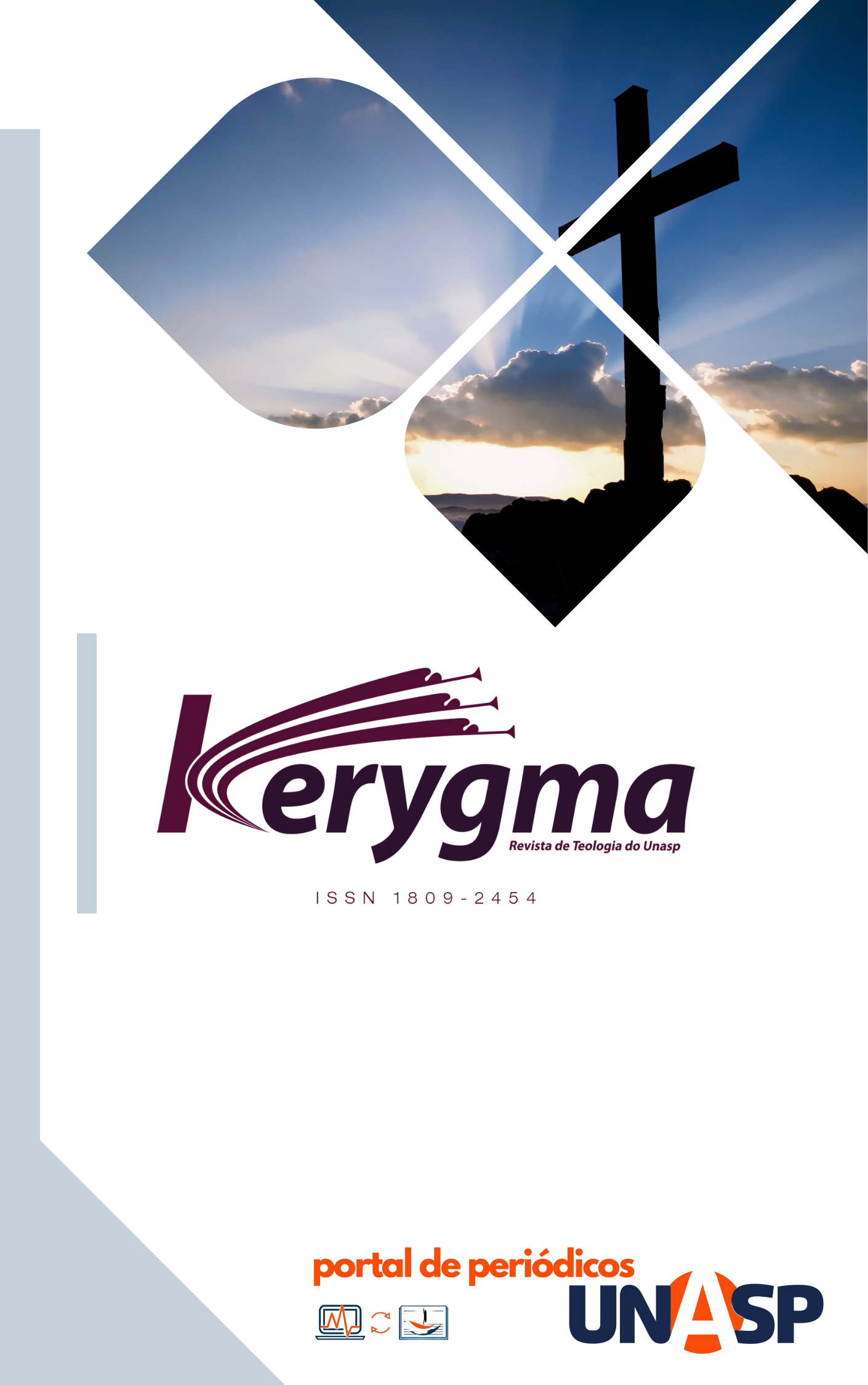Abstract
This article investigates whether Paul is recommending a veil for women in the context of worship, or whether he is discussing appropriate hairstyles for them. A closer look at the passage of 1 Corinthians 11:4–16 shows first of all that Paul is not discussing only women, but the appropriate attire for both men and women in light of what is proper and expected in the Greco-Roman society of his time. The absence of a word for “veil” in the original text points to the possibility of a discussion of hairstyles and not apparel for the head. Archaeological and textual evidence from this period supports this interpretation.
References
BASKIN, J. R. H. Women, covering of the. Encyclopaedia Judaica. Detroit: Macmillan Reference, 2007. v. 8.
BROWN, F. The New Brown, Driver and Briggs Hebrew and English Lexicon of the Old Testament. Grand Rapids: Baker, 1981.
CONZELMANN, H. A Commentary on the First Epistle to the Corinthians. Philadelphia: Fortress Press, 1975. (Hermeneia).
COSGROVE, C. H. A Woman's Unbound Hair in the Greco-Roman World, with Special Reference to the Story of the "Sinful Woman" in Luke 7:36-50. Journal of Biblical Literature 124, n. 4, p. 675–692, winter 2005.
GILL, D. W. J. The Importance of Roman Portraiture for Head Coverings in 1 Corinthians 11:2-16. Tyndale Bulletin 41, n. 2, p. 245–260, 1990.
HODGE, C. An Exposition of the First Epistle to the Corinthians. Grand Rapids: Eerdmans, 1965.
HURLEY, J. B. Did Paul Require Veils or the Silence of Women? A Consideration of I Cor. 11:2-16. Westminster Theological Journal 35, n. 2, p. 190–220, winter 1973.
MURPHY-O'CONNOR, J. Sex and Logic in 1 Corinthians 11:2-16. Catholic Biblical Quarterly 42, n. 4, p. 482–500, oct. 1980.
MURPHY-O'CONNOR, J. St. Paul's Corinth - Texts and archaeology. Collegeville, MN: The Liturgical Press, 2002.
OSTER, R. When Men Wore Veils to Worship: The Historical Context of 1 Corinthians 11.4. New Testament Studies n. 34, p. 481–505, October 1988.
OSTER, R. Use, Misuse and Neglect of Archaeological Evidence in Some Modern Works on 1 Corinthians. Zeitschrift Fur Die Neutestamentliche Wissenschaft, n. 83, p. 53–73, Band, 1992.
ROBERTSON, A.; Plummer, A. A Critical and Exegetical Commentary on the First Epistle of St. Paul to the Corinthians. Edinburgh: T&T Clark, 1914. (The International Critical Commentary.)
ROUSSELLE, A. Body Politics in Ancient Rome. A History of Women in the West. Cambridge, MA: The Belknap Press of Harvard University Press, 1992.
THISELTON, A. C. The First Epistle to the Corinthians: A Commentary on the Greek Text. Grand Rapids: Eerdmans, 2000.
THOMPSON, C. L. Hairstyles, Head-coverings, and St. Paul: Portraits from Roman Corinth. Biblical Archaeologist 51, n. 2, p. 99–115, 1988.

This work is licensed under a Creative Commons Attribution 4.0 International License.
Copyright (c) 2022 Christie Goulart Chadwick

